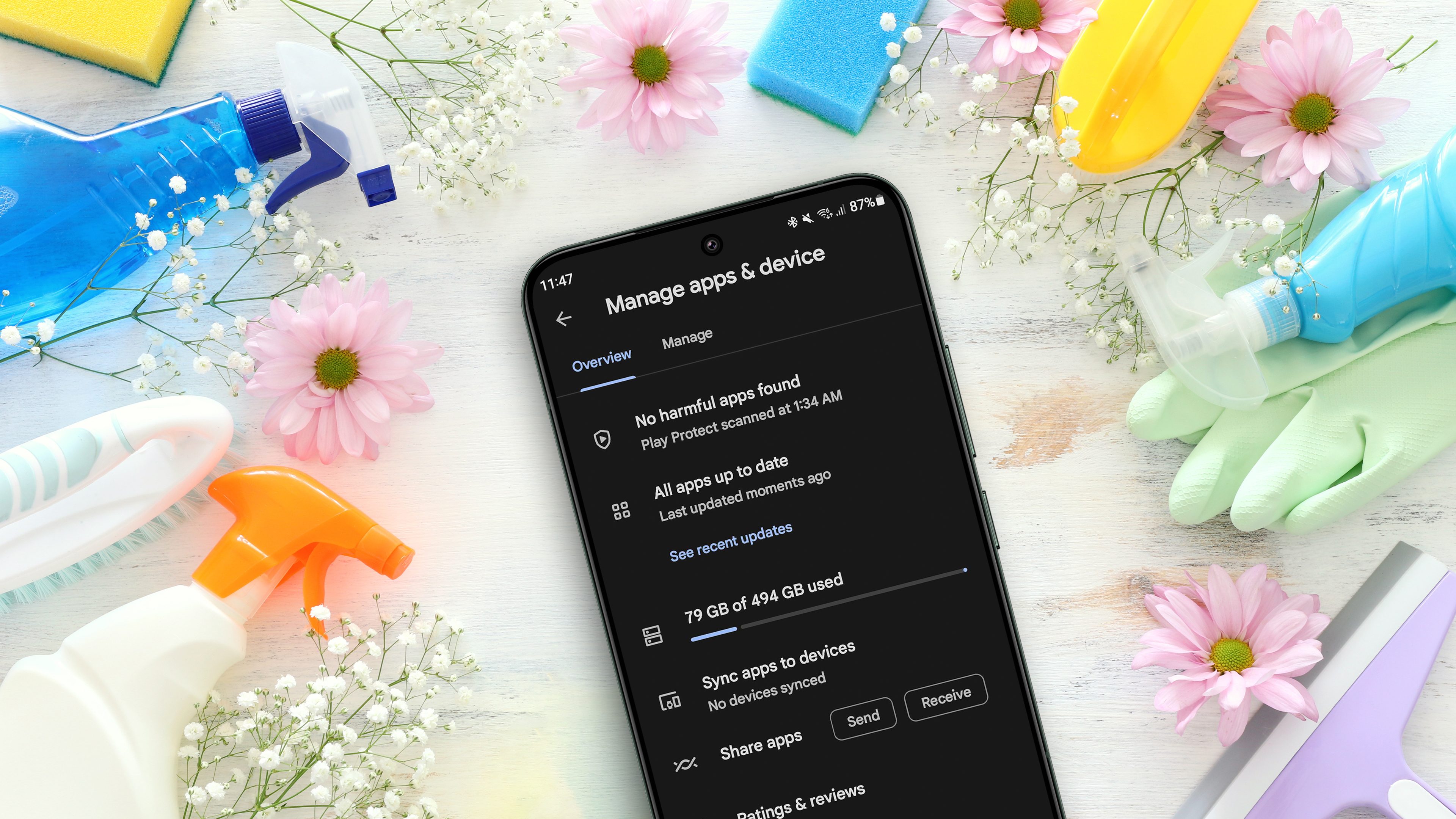

More smartphone manufacturers license iconic camera manufacturer brands to tweak the onboard camera system. Many users miss this golden opportunity to elevate their photographs to extraordinary levels of excellence. And, no, this doesn’t have anything to do with complex optical formulas or megapixel punch. Rather, by adjusting three easy settings, you can take an average mundane photograph and catapult it to new dizzying heights of visual glory.
It all comes down to three little basic elements that apply to everything that’s photographic–light, action, and timing. Regardless, of whether you pick a smartphone, a DSLR, or a 35mm film camera as your primary photo-snapper, these three basic ingredients form the basis for every image that you create.
But we’re not here for a discussion on photographic theory, we’re after taking smartphone imagery from the basic “snapshot” level to the lofty realm of a professional-grade photograph. Thankfully, a handful of smartphone manufacturers have given you a significant boost in achieving that goal by building some elite camera brand chops into the phone’s architecture.
The “Pro” mode for the Hasselblad system is packed with control setting options that the savvy photographer can fine-tune for incredible results
Brands like Hasselblad, Leica, and Zeiss have become standard fixtures entrenched in the smartphone world. It seems easy enough, right? Just pick the smartphone with your favorite camera brand, and your photos should rise above all of the rest. Well, not so fast, Ansel Adams. Having the right tool in your hand doesn’t make you an expert. You’ve got to learn how to use that tool to make your results exploit the capability crafted into these signature brand smartphones. And that takes us back to those three tenets of photography: light, action, timing.
OK, so how do you plug those three principles into a smartphone? It’s as easy as flash, shutter speed, and ISO. Compare these “before” and “after” images that attempt to illustrate each of these concepts:
Note: There’s nothing wrong with “snapshot” level photography. If you’re happy with snapshots, that’s OK, but the following suggestions serve as guidance for tweaking your photography toward a more artistic and subjective visual statement.
Turn of that smartphone flash
There’s absolutely nothing “good” about the LED flash system used by smartphones. These flashes suffer from being ridiculously bright (remember, this is the same light used for a flashlight or torch–’nuff said), not easily diffused for a more pleasing softer light, and, worst of all, they are positioned adjacent to the lens. That’s a “lose, lose, lose” system. Therefore, turn off the smartphone flash. Naturally, turning off your flash may require you to find a suitable solid surface for anchoring your smartphone.
Flash on, ISO 320, shutter speed 1/100s
Flash off, ISO 100, shutter speed 1/15s
Use manual Shutter Speed
Whether you’re trying to “freeze” an action or let the good times “roll,” using a specific shutter speed can help you convey that result in your photograph (see Figure 3a). Unfortunately, switching from the “automatic” shutter speed mode to a preferred exposure setting, might not give you the result that you expected (see Figure 3b). Generally speaking, you’ll have to link both your shutter speed and ISO settings together (i.e., remove both from their respective “automatic” setting) to achieve your desired visual statement.
Flash off, ISO 100, shutter speed 1/84s
Flash off, ISO 100, shutter speed 1/40s
Dial in the right ISO
Defaulting to an automatic ISO setting can result in a shockingly poor result (see Figure 4a). Instead of relying on the default system, turn off the automatic ISO selection (see Figure 4b). just like a “slow” film, which enables you to control the depiction of time, selecting a low ISO value will produce much better control over your photograph. In fact, fixing the ISO at its lowest value (e.g., 100) can result in stunning photographs. Furthermore, coupling this low ISO setting with a variable shutter speed can produce imagery that rivals the results obtained with a film camera.
Flash off, ISO 1250, shutter speed 1/8000s
Flash off, ISO 100, shutter speed 1/8000s
Putting it all together
Putting all of this together can make glass clock faces look like glass clock faces, gray concrete look like gray concrete, and speeding cars to look like speeding cars (see Figures 5a, 5b, and 5c). But these aren’t hard, fast “chiseled in stone” laws for governing all photography.
Flash off, ISO 50, shutter speed 1/1362s
Flash off, ISO 100, shutter speed 1/8s. [Note: a neutral density (ND) +6 filter was held in front of the lens.]
Flash off, ISO 100, shutter speed 1/8s. [Note: an ND +6 filter was held in front of the lens.]
Conclusion
Remember, these concepts are suggested starting points for expanding your photographic repertoire. You must develop your own “mind’s eye” for achieving your creative persona (see Figure 6). But starting with these 3 simple settings will take you a long way towards building a dramatic visual appeal that’ll WOW your audience (see Figures 7a and 7b).
Flash off, ISO 100, shutter speed 1/4000s
Flash off, ISO 100, shutter speed 1/1000s
Flash off, ISO 100, shutter speed 1/2000s
Enjoy.






